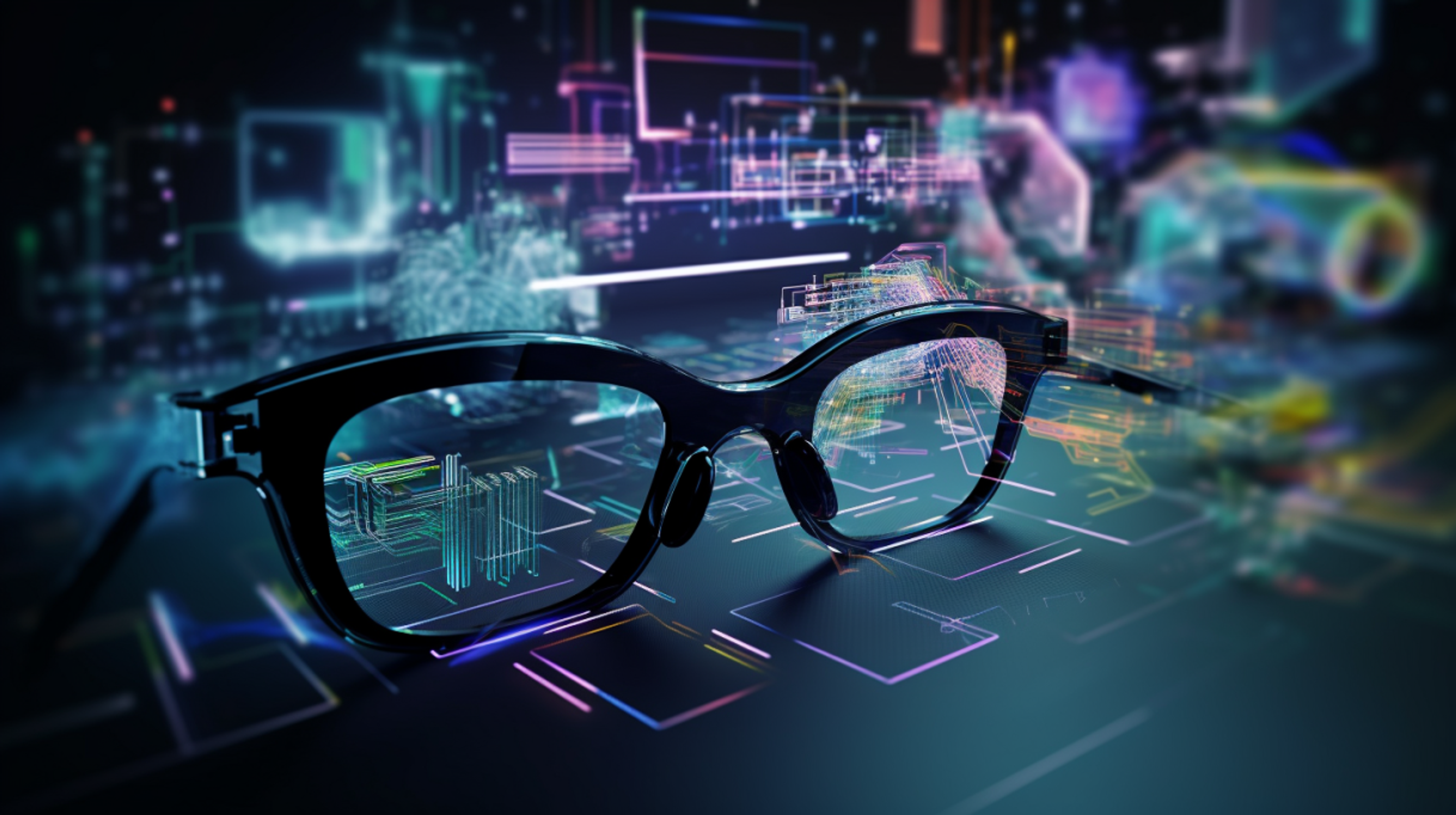Lesson 1
Welcome!
Welcome to Udacity. Takes 5 minutes to get familiar with Udacity courses and gain some tips to succeed in courses.

Nanodegree Program
Master the computer vision skills behind advances in robotics and automation. Write programs to analyze images, implement feature extraction, and recognize objects using deep learning models.
Master the computer vision skills behind advances in robotics and automation. Write programs to analyze images, implement feature extraction, and recognize objects using deep learning models.
Advanced
3 months
Real-world Projects
Completion Certificate
Last Updated June 27, 2024
Skills you'll learn:
Prerequisites:
Course 1 • 45 minutes
Welcome to Udacity! We're excited to share more about your Nanodegree program and start this journey with you!
Lesson 1
Welcome to Udacity. Takes 5 minutes to get familiar with Udacity courses and gain some tips to succeed in courses.
Lesson 2
You are starting a challenging but rewarding journey! Take 5 minutes to read how to get help with projects and content.
Course 2 • 4 weeks
Master computer vision and image processing essentials. Learn to extract important features from image data, and apply deep learning techniques to classification tasks
Lesson 1
Welcome to the Computer Vision Nanodegree program!
Lesson 2
Learn how images are represented numerically and implement image processing techniques, such as color masking and binary classification.
Lesson 3
Learn about frequency in images and implement your own image filters for detecting edges and shapes in an image. Use a computer vision library to perform face detection.
Lesson 4
Program a corner detector and learn techniques, like k-means clustering, for segmenting an image into unique parts.
Lesson 5
Learn how to describe objects and images using feature vectors.
Lesson 6
Define and train your own convolution neural network for clothing recognition. Use feature visualization techniques to see what a network has learned.
Lesson 7 • Project
Apply your knowledge of image processing and deep learning to create a CNN for facial keypoint (eyes, mouth, nose, etc.) detection.
Course 3 • 40 minutes
Lesson 1
Take advantage of Amazon's GPUs to train your neural network faster. In this lesson, you'll learn how to setup an instance on AWS and train a neural network on a GPU.
Course 4 • 1 month
Learn to apply deep learning architectures to computer vision tasks. Discover how to combine CNN and RNN networks to build an automatic image captioning application.
Lesson 1
Learn about advances in CNN architectures and see how region-based CNN’s, like Faster R-CNN, have allowed for fast, localized object recognition in images.
Lesson 2
Learn about the YOLO (You Only Look Once) multi-object detection model and work with a YOLO implementation.
Lesson 3
Explore how memory can be incorporated into a deep learning model using recurrent neural networks (RNNs). Learn how RNNs can learn from and generate ordered sequences of data.
Lesson 4
Luis explains Long Short-Term Memory Networks (LSTM), and similar architectures which have the benefits of preserving long term memory.
Lesson 5
Learn about a number of different hyperparameters that are used in defining and training deep learning models. We'll discuss starting values and intuitions for tuning each hyperparameter.
Lesson 6
Attention is one of the most important recent innovations in deep learning. In this section, you'll learn how attention models work and go over a basic code implementation.
Lesson 7
Learn how to combine CNNs and RNNs to build a complex, automatic image captioning model.
Lesson 8 • Project
Train a CNN-RNN model to predict captions for a given image. Your main task will be to implement an effective RNN decoder for a CNN encoder.

Founder and Executive Chairman, Udacity
As the Founder and Chairman of Udacity, Sebastian's mission is to democratize education by providing lifelong learning to millions of students worldwide. He is also the founder of Google X, where he led projects including the Self-Driving Car, Google Glass, and more.

Curriculum Lead
Cezanne is an expert in computer vision with a Masters in Electrical Engineering from Stanford University. As a former researcher in genomics and biomedical imaging, she's applied computer vision and deep learning to medical diagnostic applications.

Instructor
Jay is a software engineer, the founder of Qaym (an Arabic-language review site), and the Investment Principal at STV, a $500 million venture capital fund focused on high-technology startups.

Curriculum Lead
Alexis is an applied mathematician with a Masters in Computer Science from Brown University and a Masters in Applied Mathematics from the University of Michigan. She was formerly a National Science Foundation Graduate Research Fellow.

Instructor
Luis was formerly a Machine Learning Engineer at Google. He holds a PhD in mathematics from the University of Michigan, and a Postdoctoral Fellowship at the University of Quebec at Montreal.

Content Developer
Juan is a computational physicist with a Masters in Astronomy. He is finishing his PhD in Biophysics. He previously worked at NASA developing space instruments and writing software to analyze large amounts of scientific data using machine learning techniques.

Curriculum Lead
Ortal Arel has a PhD in Computer Engineering, and has been a professor and researcher in the field of applied cryptography. She has worked on design and analysis of intelligent algorithms for high-speed custom digital architectures.
Average Rating: 4.7 Stars
450 Reviews
Pravin D.
February 2, 2023
The program was good, if the student takes effort into projects then it can benefit a lot.
Eric T.
November 30, 2022
Really interesting projects. This course gives you a real understanding of how CNN-RNN works.
Dev K.
September 26, 2022
VERY INFORMATIVE, I LEARNED AND GAINED THE SKILLS OF THE VARIOUS THINGS.
Khadija M.
September 6, 2022
Awesome
Carlos M.
August 26, 2022
I feel kind of frustrated with the low pace I am taking this course. I come from NDs where the learning curve you take is paired with the lessons. When I find these lessons there is a lot of knowledge in there. I work hard and memorize parts of them in order to learn from them. But I feel there's hard work behind the scenes with it. And personally I find myself tired of this work. You're presented with a lot of knowledge impossible to grasp; print all the work; prove to apply it myself; etc. It is tiresome... I hope to do it well in the future but I have spent many months this way and feel like to expedite this pace... Thanks!
Combine technology training for employees with industry experts, mentors, and projects, for critical thinking that pushes innovation. Our proven upskilling system goes after success—relentlessly.

Demonstrate proficiency with practical projects
Projects are based on real-world scenarios and challenges, allowing you to apply the skills you learn to practical situations, while giving you real hands-on experience.
Gain proven experience
Retain knowledge longer
Apply new skills immediately

Top-tier services to ensure learner success
Reviewers provide timely and constructive feedback on your project submissions, highlighting areas of improvement and offering practical tips to enhance your work.
Get help from subject matter experts
Learn industry best practices
Gain valuable insights and improve your skills

Unlimited access to our top-rated courses
Real-world projects
Personalized project reviews
Program certificates
Proven career outcomes
Full Catalog Access
One subscription opens up this course and our entire catalog of projects and skills.
Average time to complete a Nanodegree program
1 month
, Intermediate
(909)
4 months
, Intermediate
(328)
2 months
, Advanced
4 weeks
, Advanced
4 weeks
, Advanced
(275)
2 months
, Advanced
(256)
2 months
, Intermediate
(235)
3 months
, Intermediate
(496)
5 months
, Advanced
(363)
3 months
, Intermediate
4 weeks
, Intermediate
4 weeks
, Intermediate
4 months
, Intermediate
4 weeks
, Advanced
(87)
4 months
, Advanced
4 weeks
, Intermediate

Computer Vision
1 month
, Intermediate
(909)
4 months
, Intermediate
(328)
2 months
, Advanced
4 weeks
, Advanced
4 weeks
, Advanced
(275)
2 months
, Advanced
(256)
2 months
, Intermediate
(235)
3 months
, Intermediate
(496)
5 months
, Advanced
(363)
3 months
, Intermediate
4 weeks
, Intermediate
4 weeks
, Intermediate
4 months
, Intermediate
4 weeks
, Advanced
(87)
4 months
, Advanced
4 weeks
, Intermediate